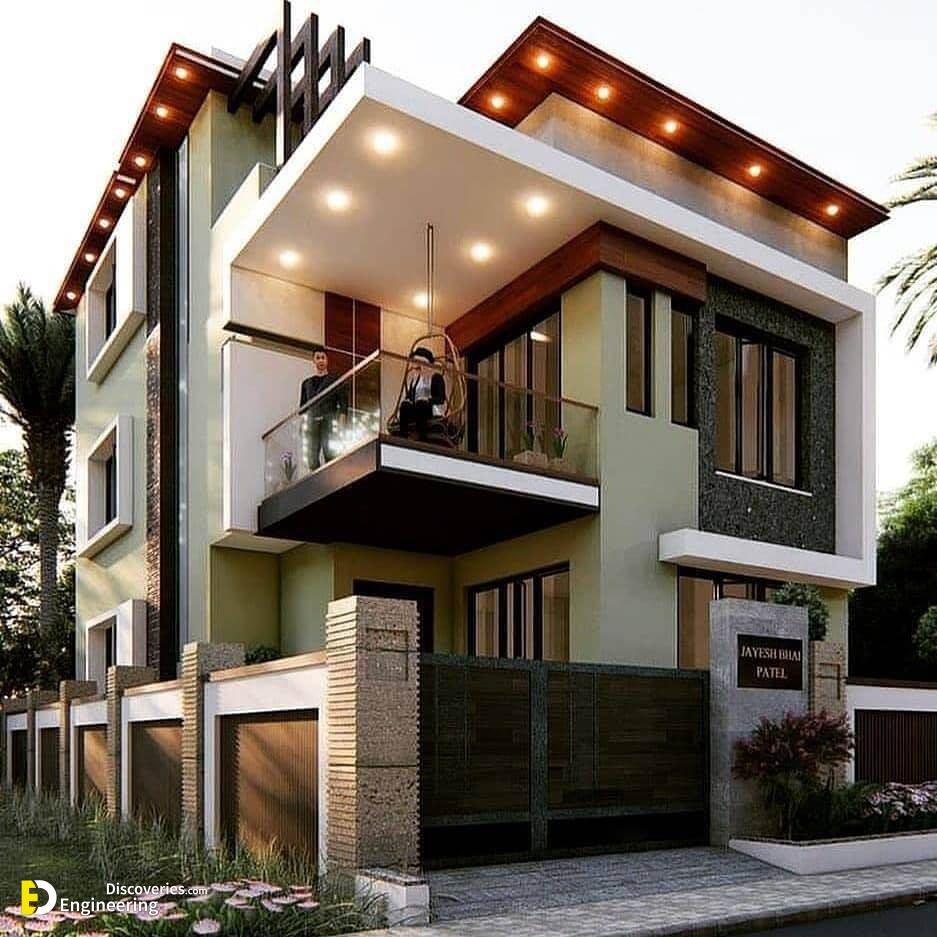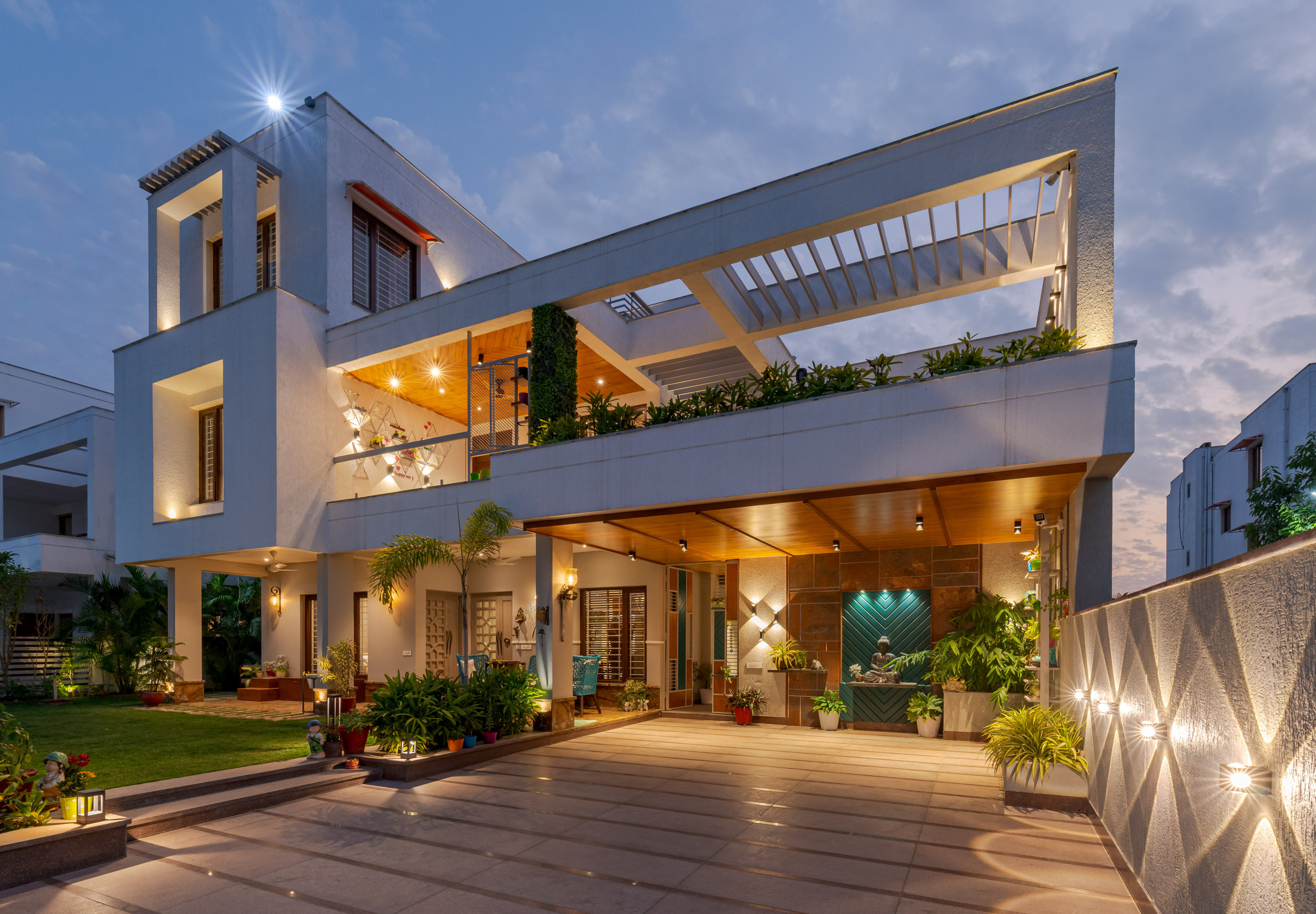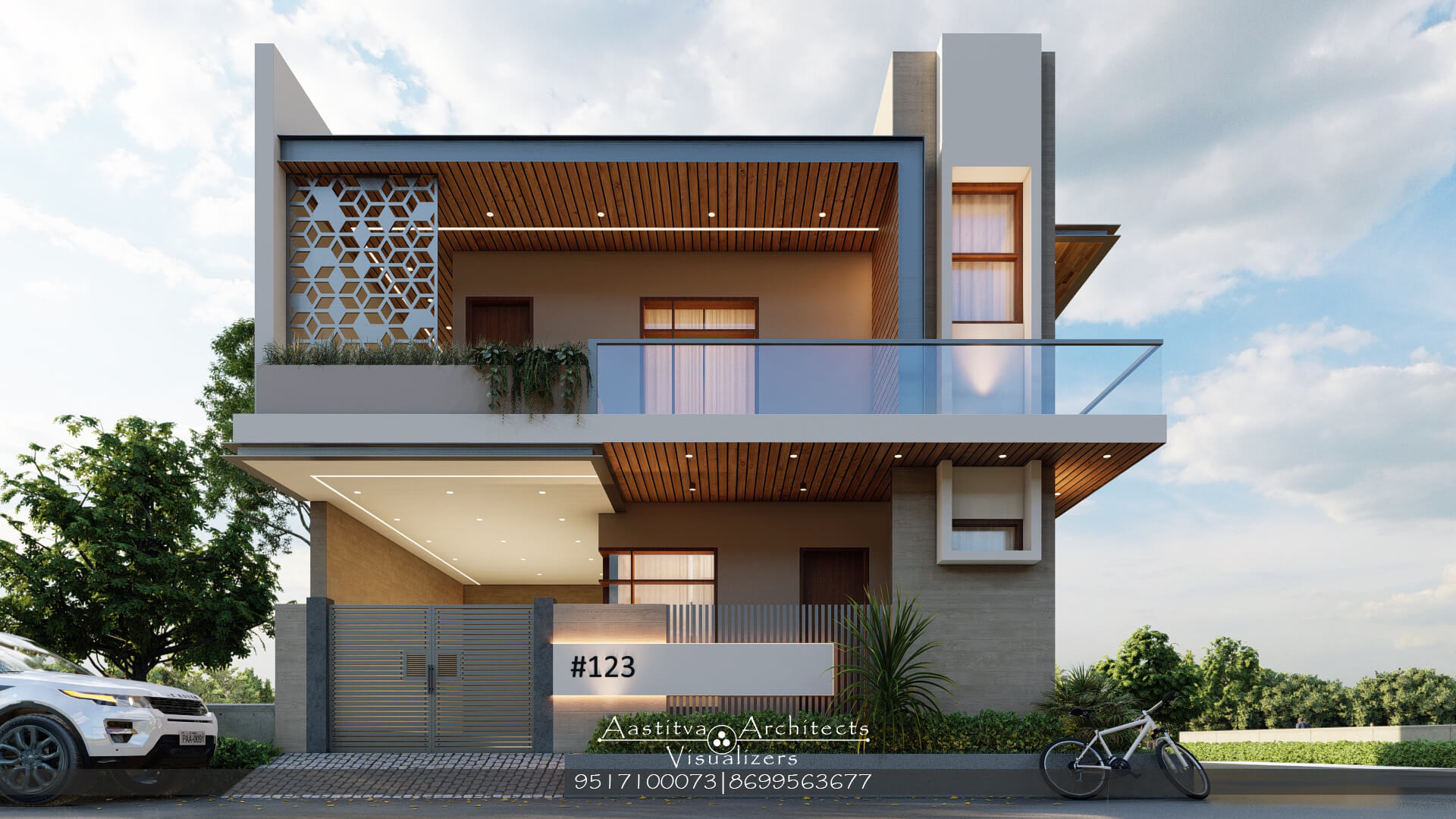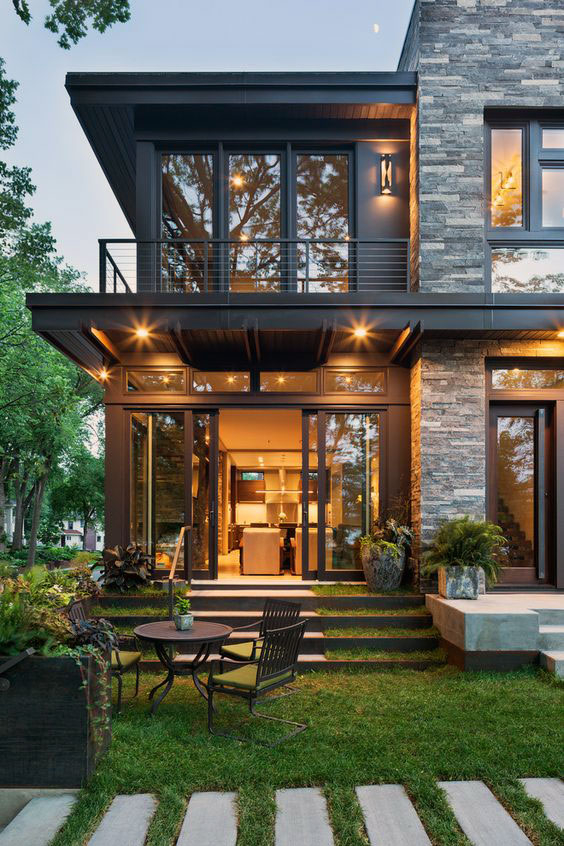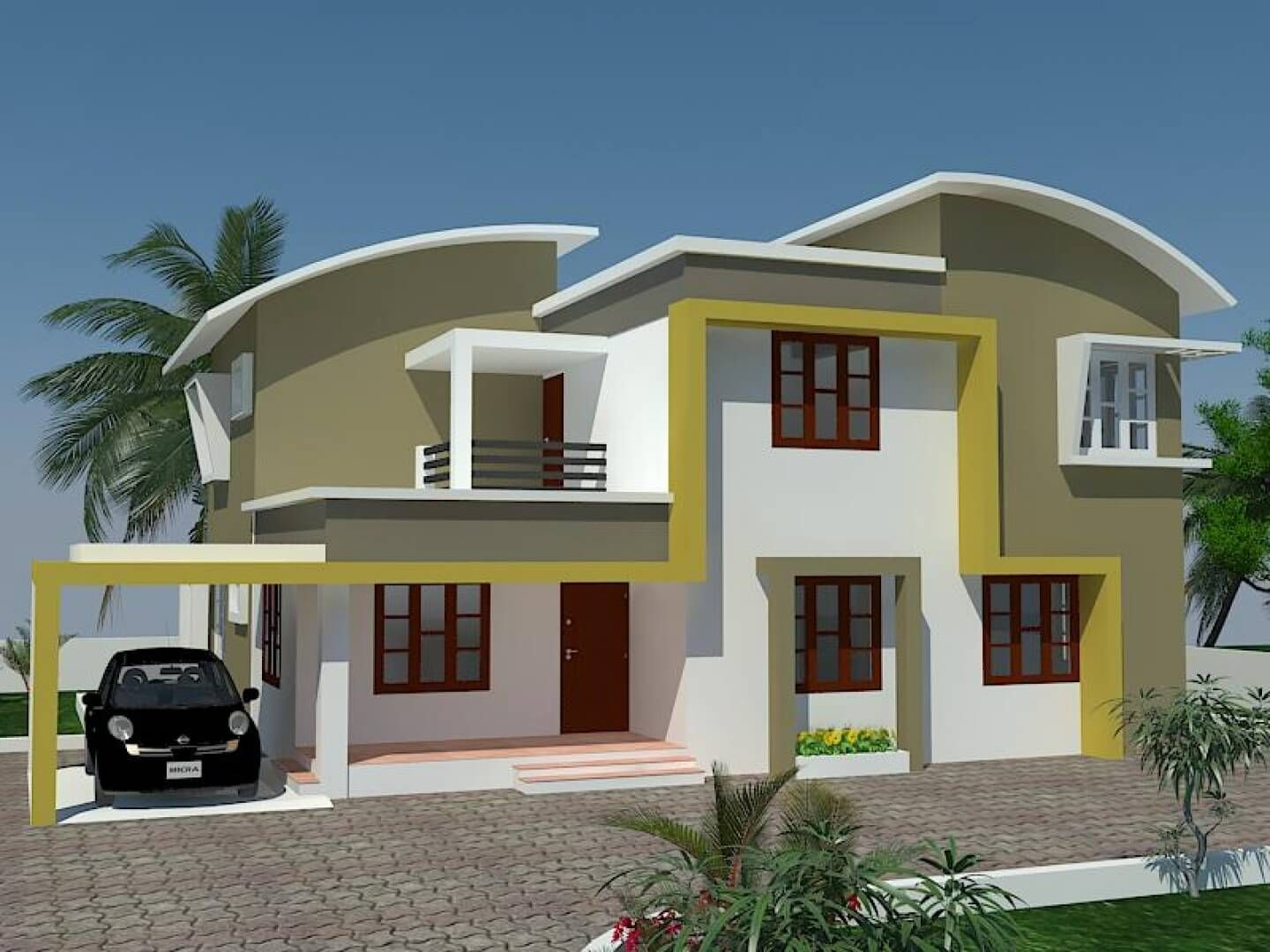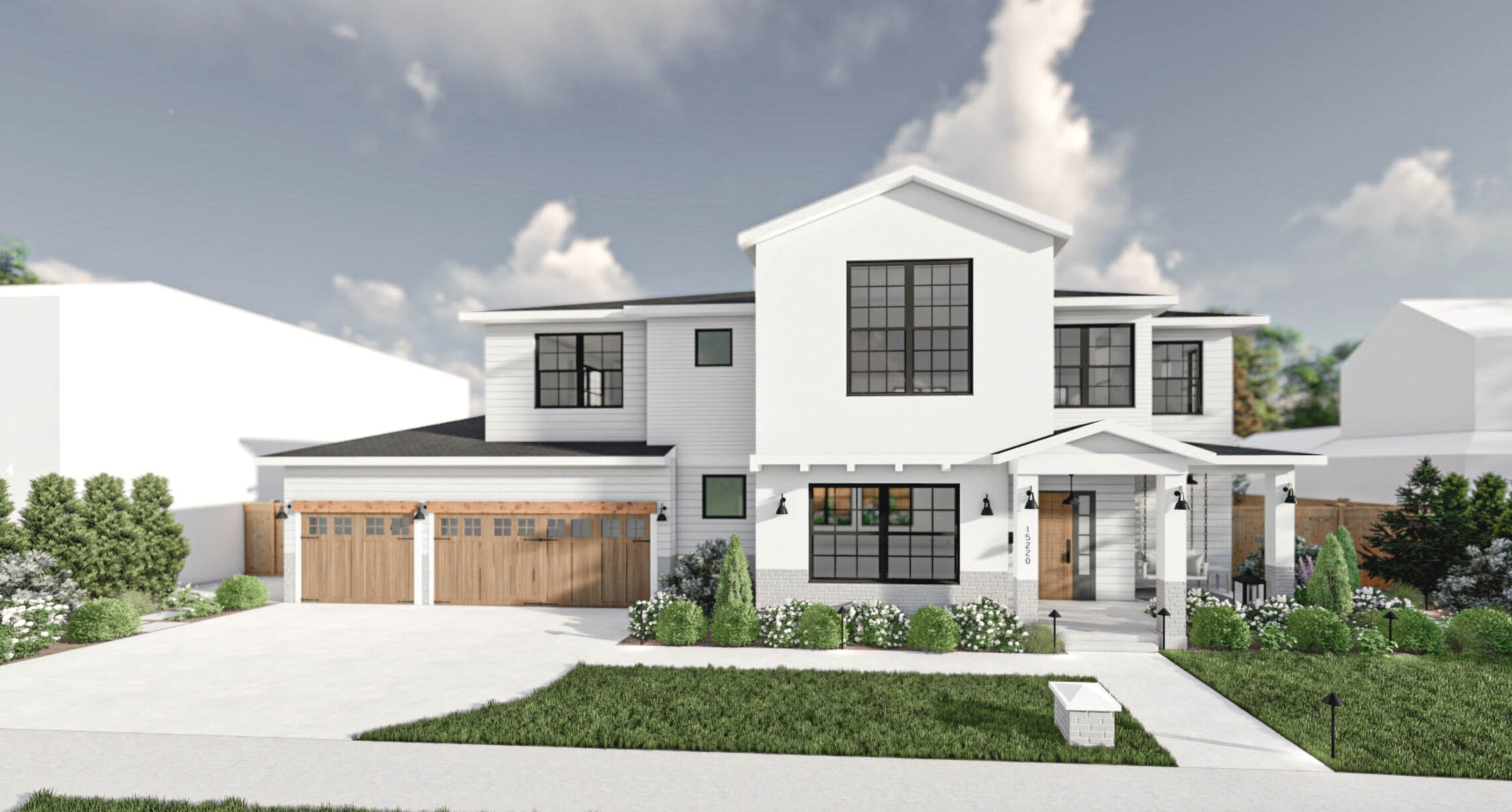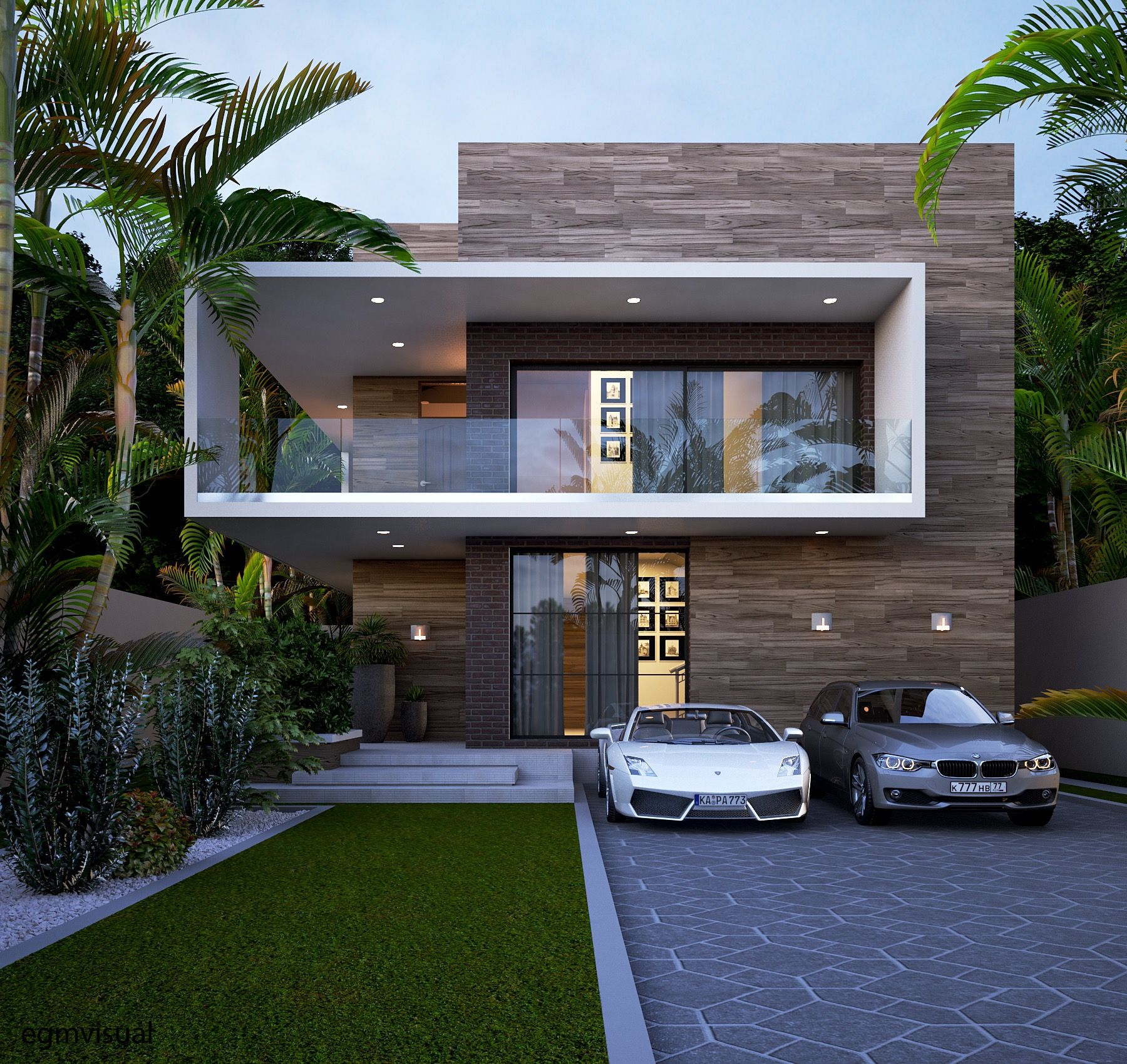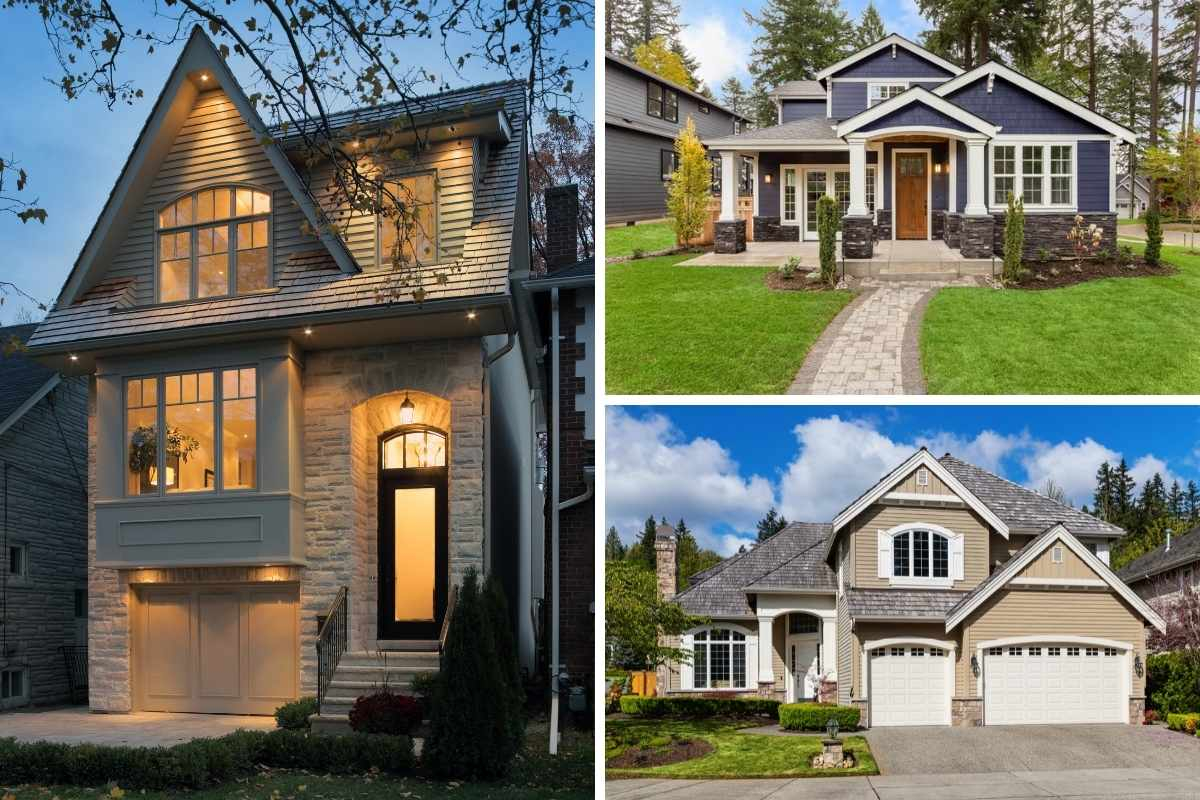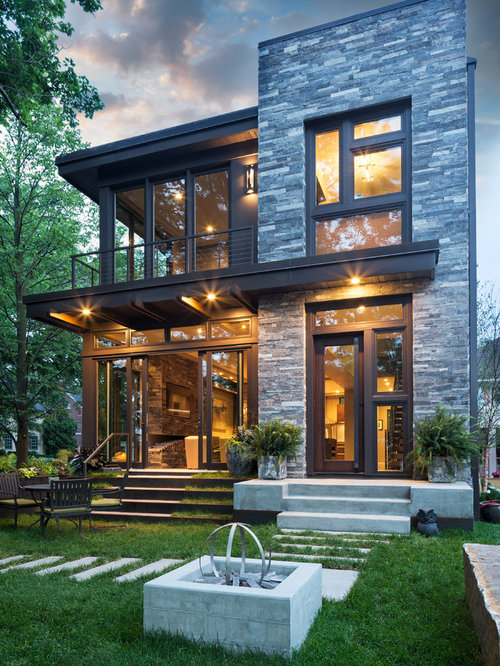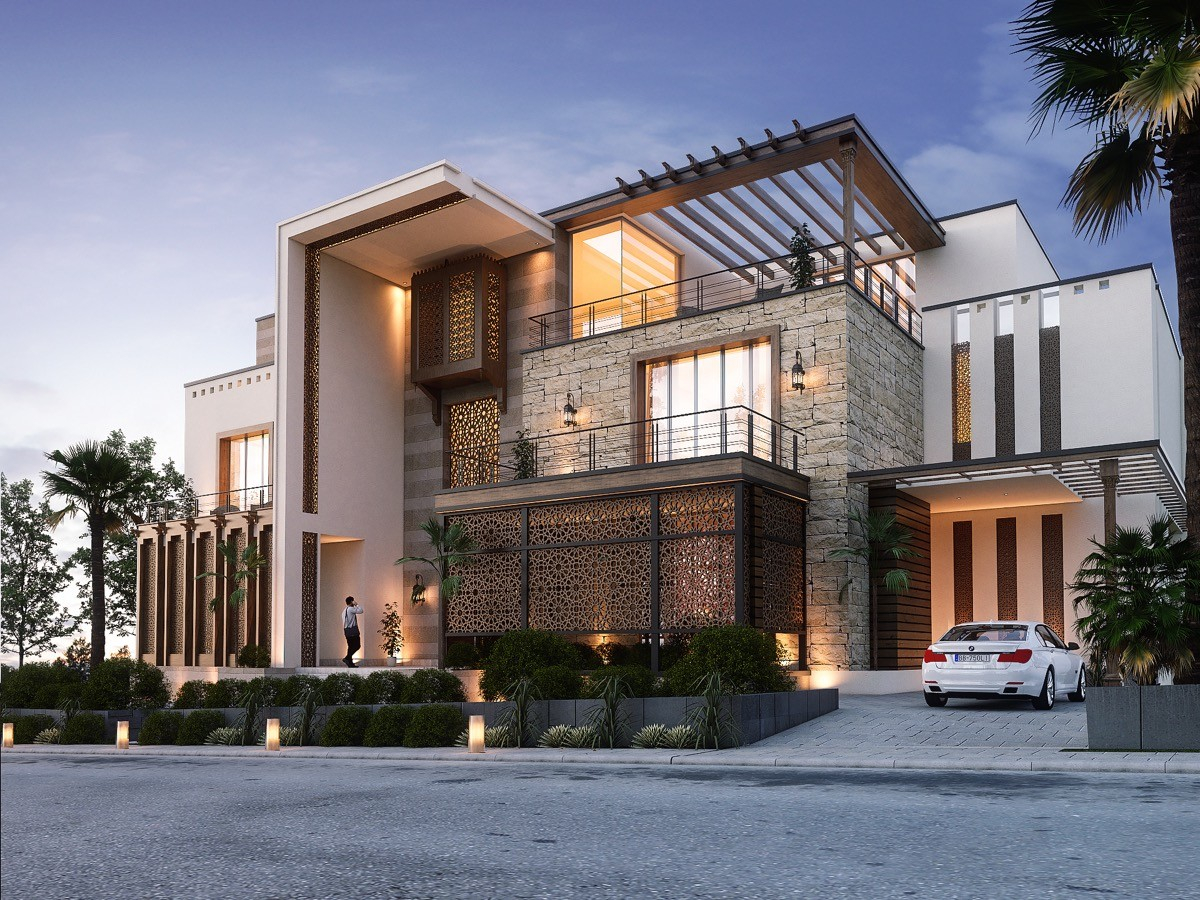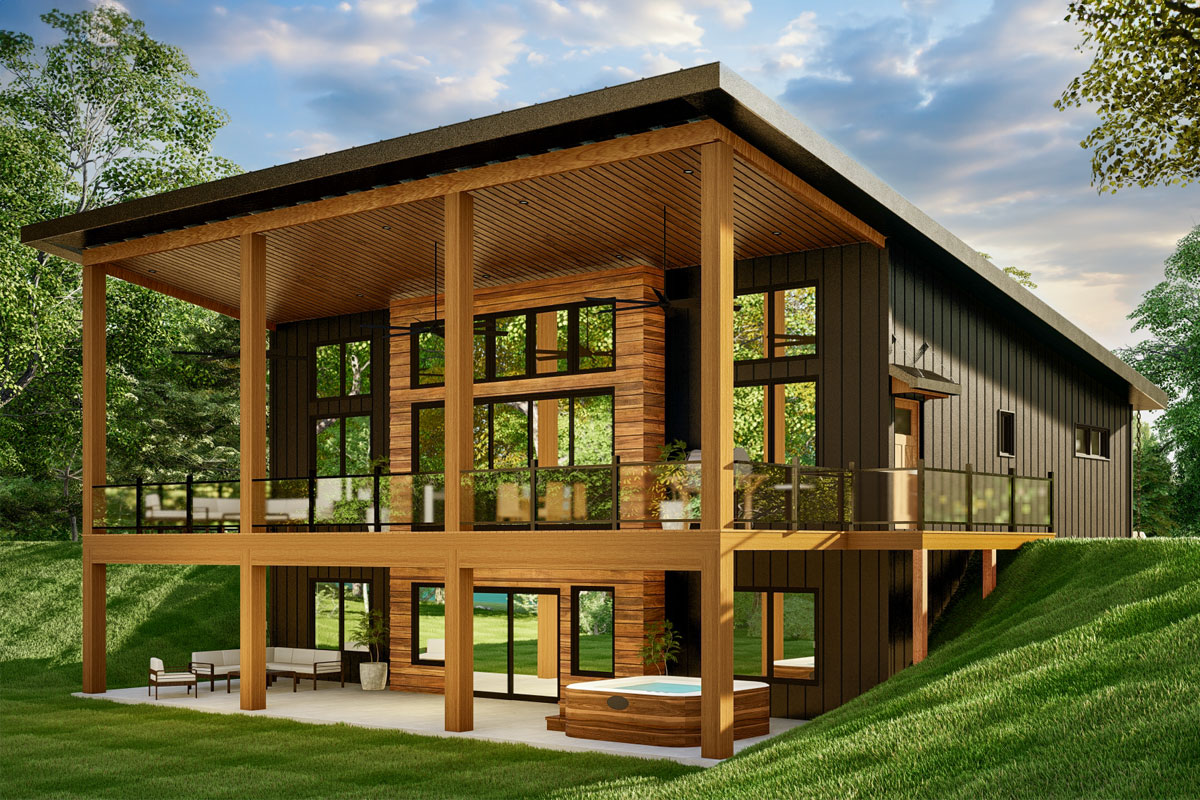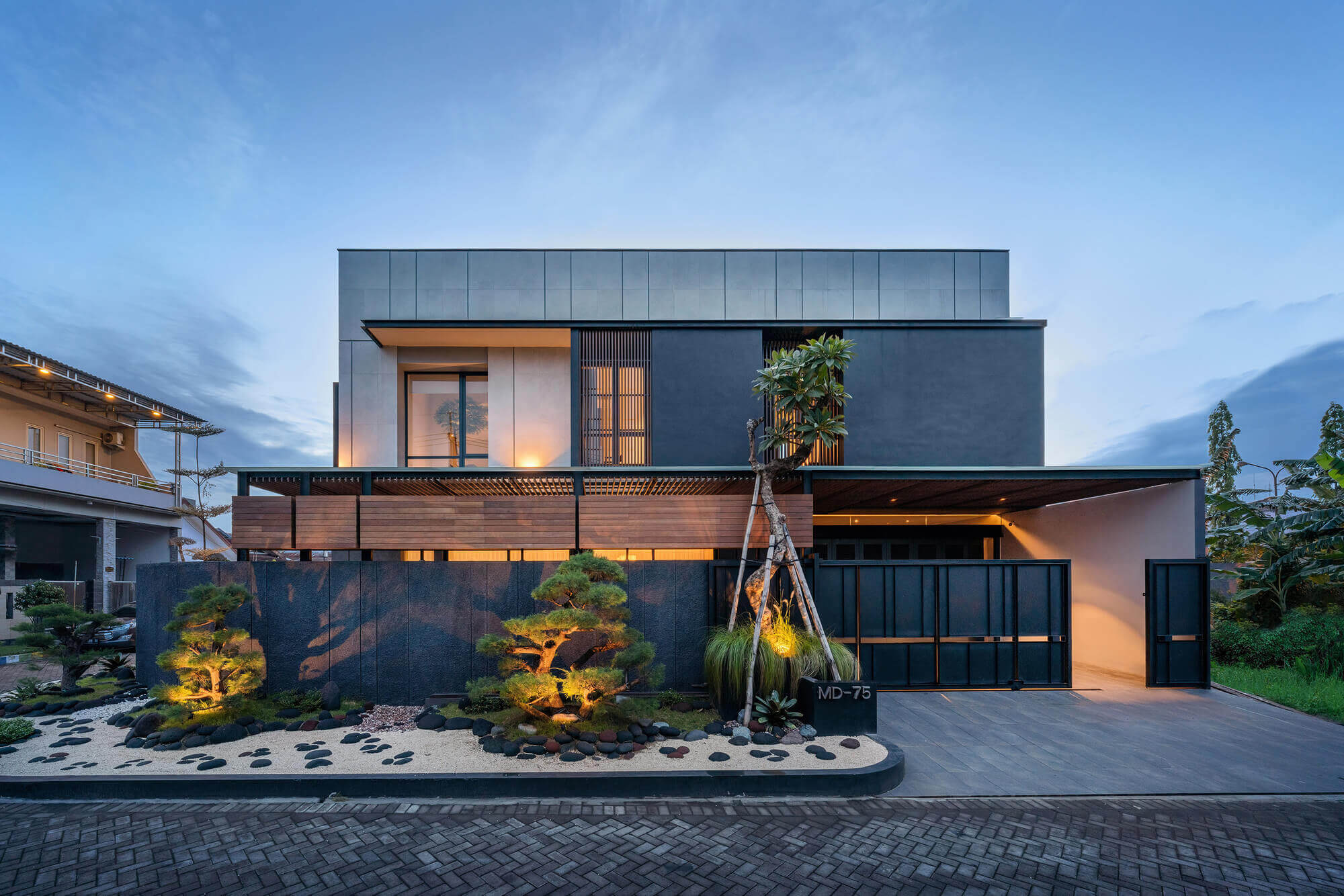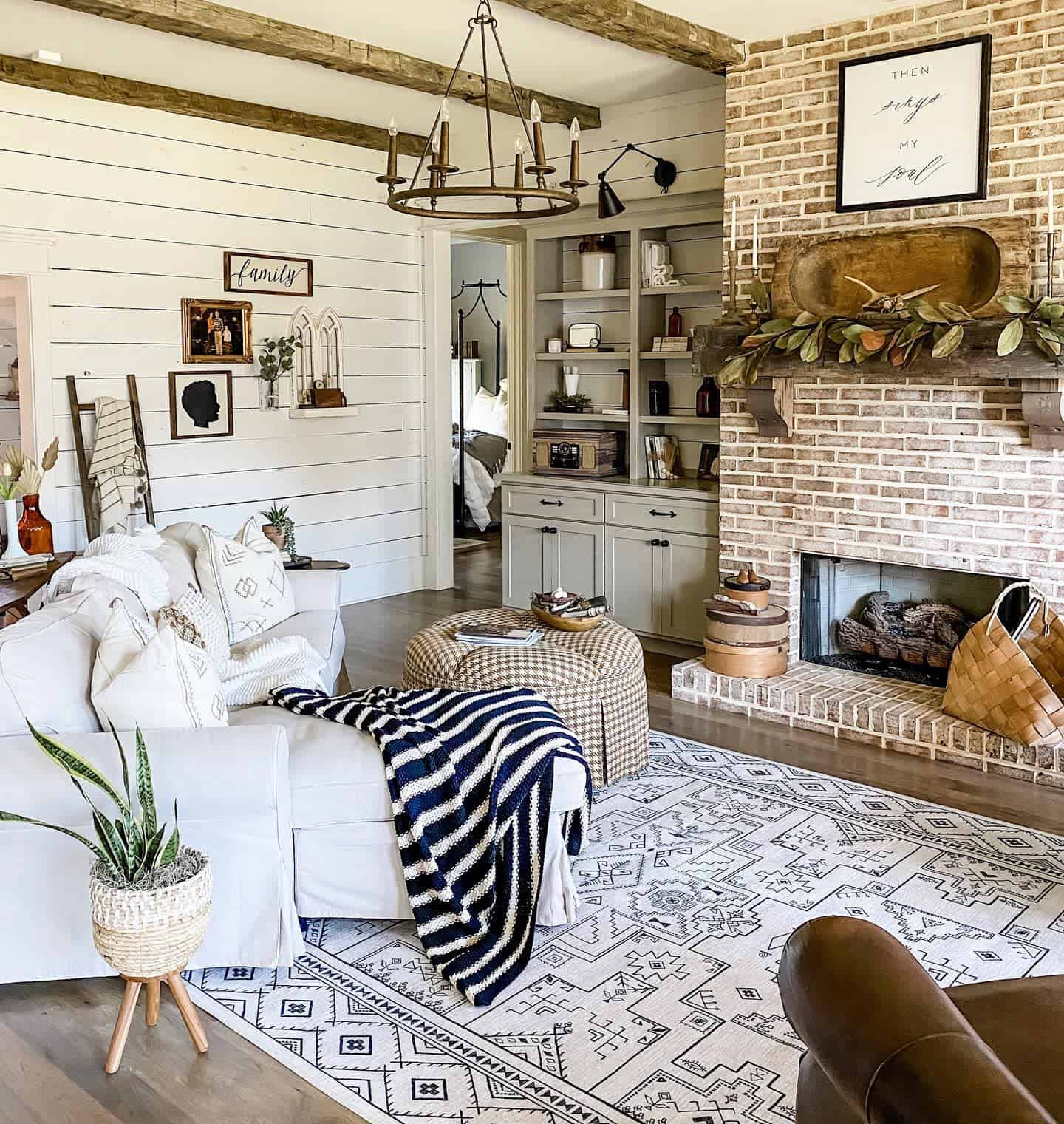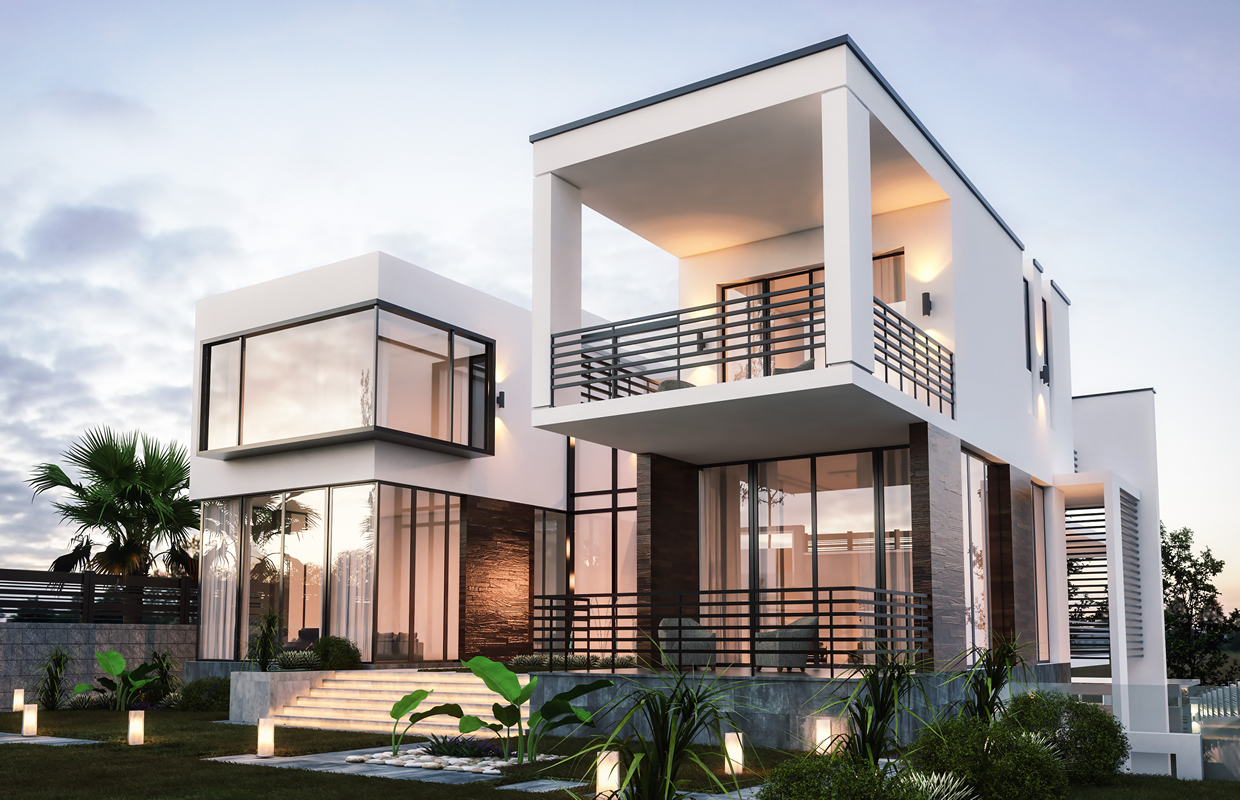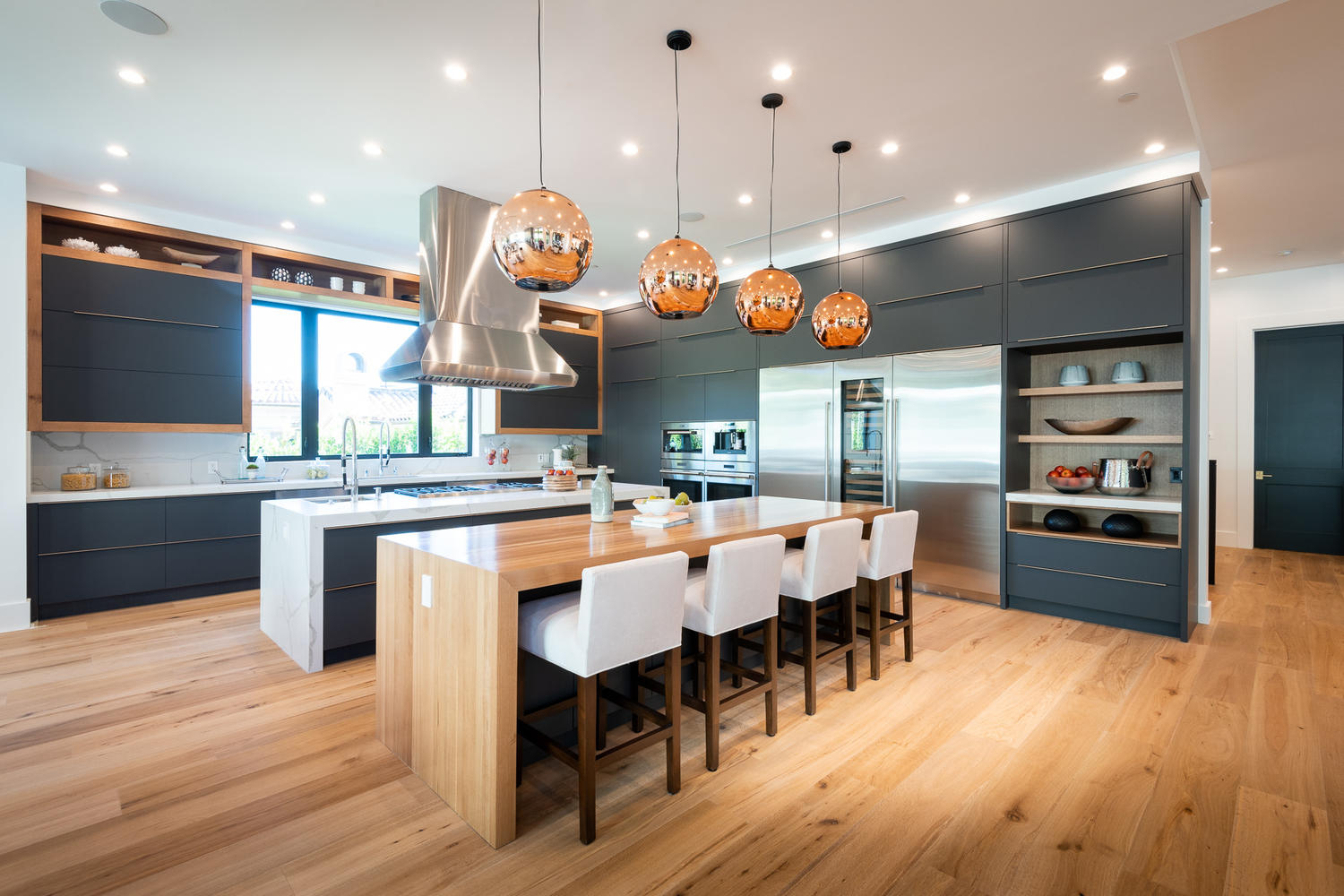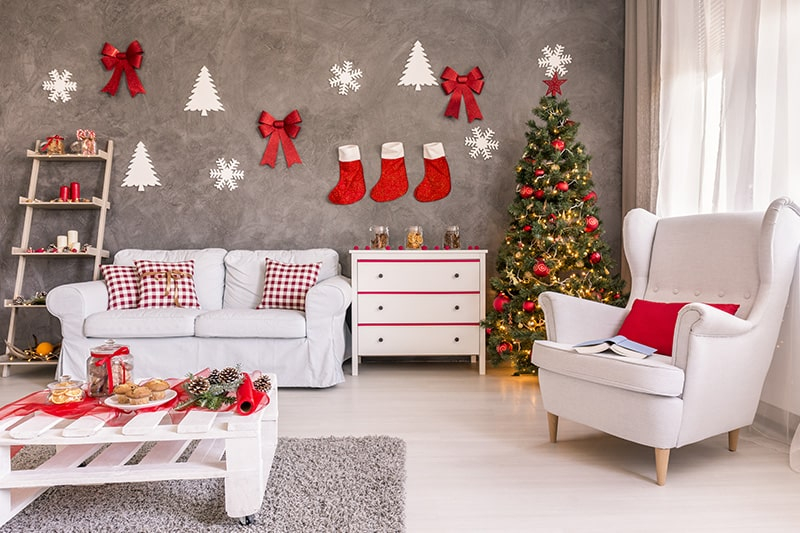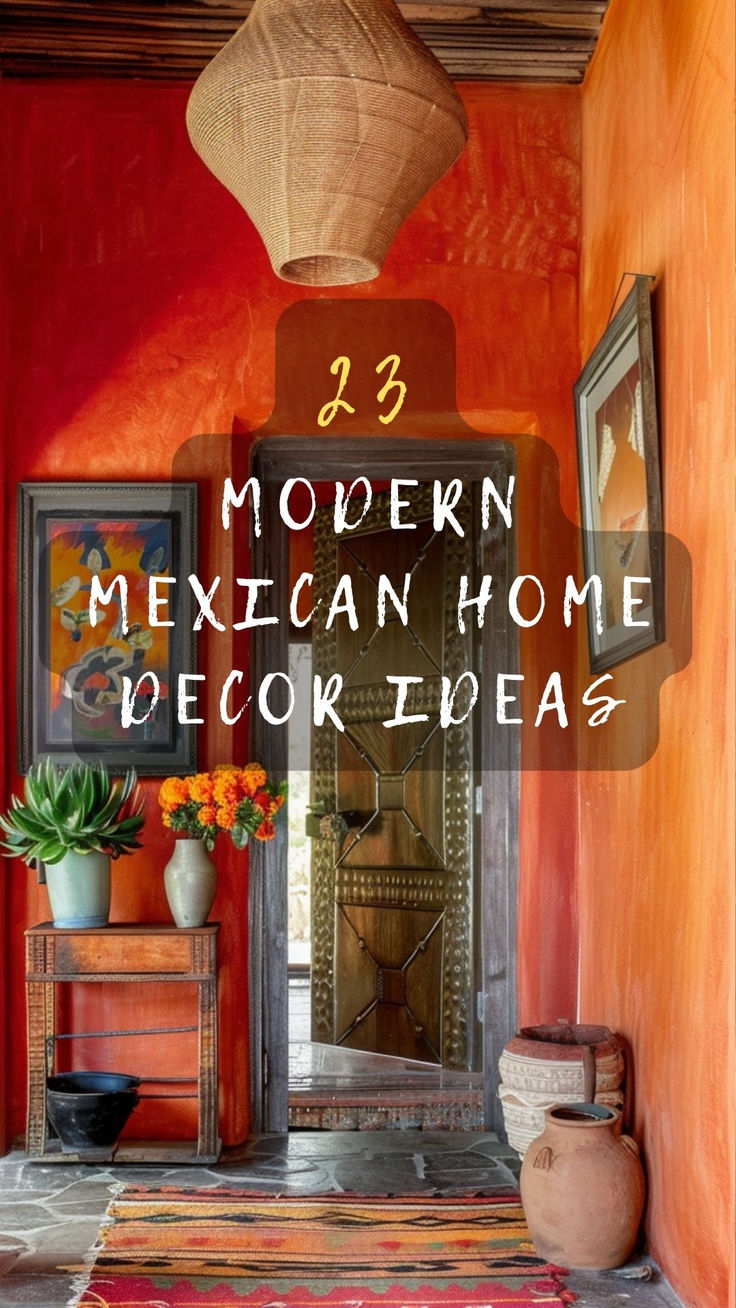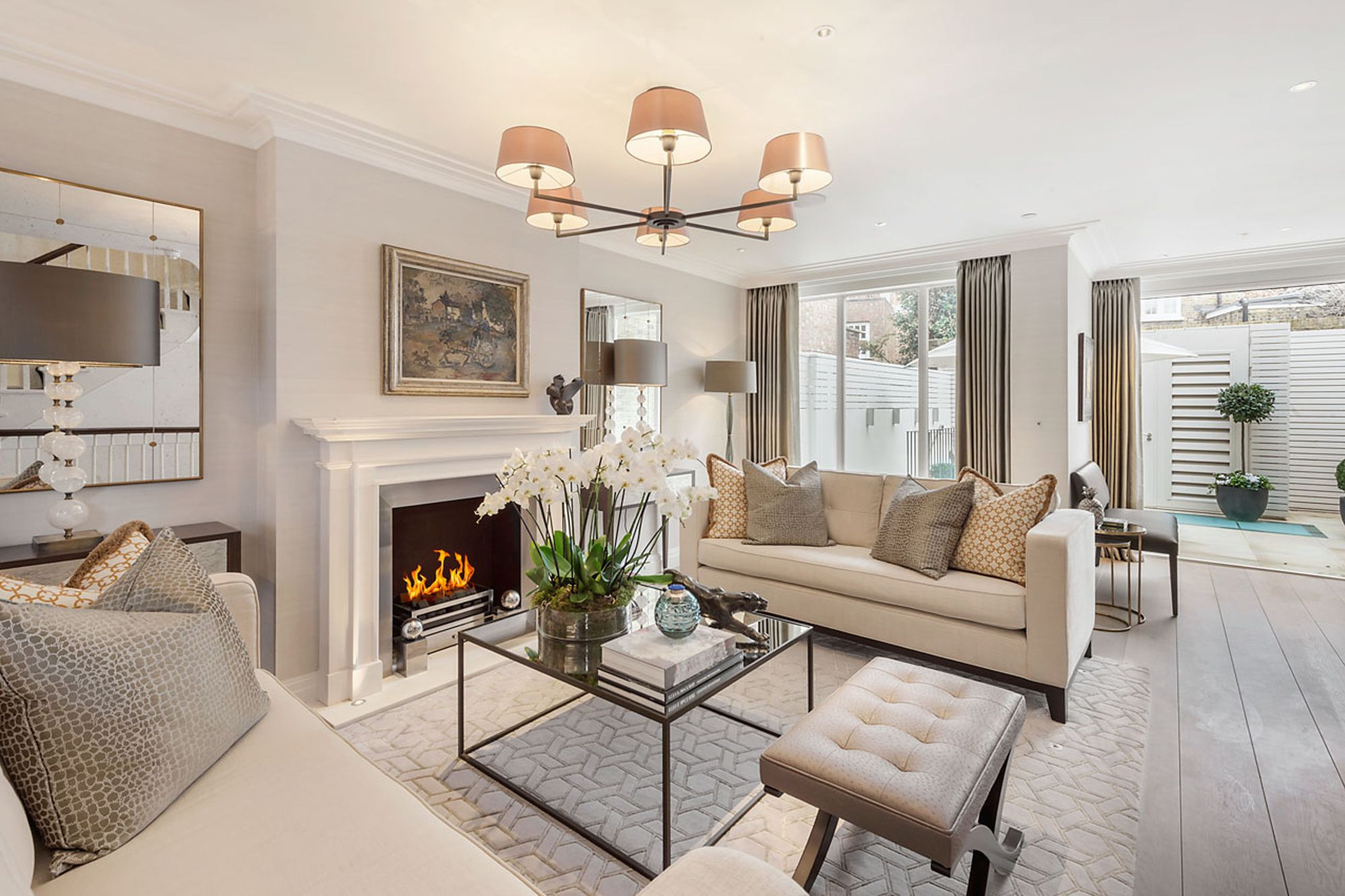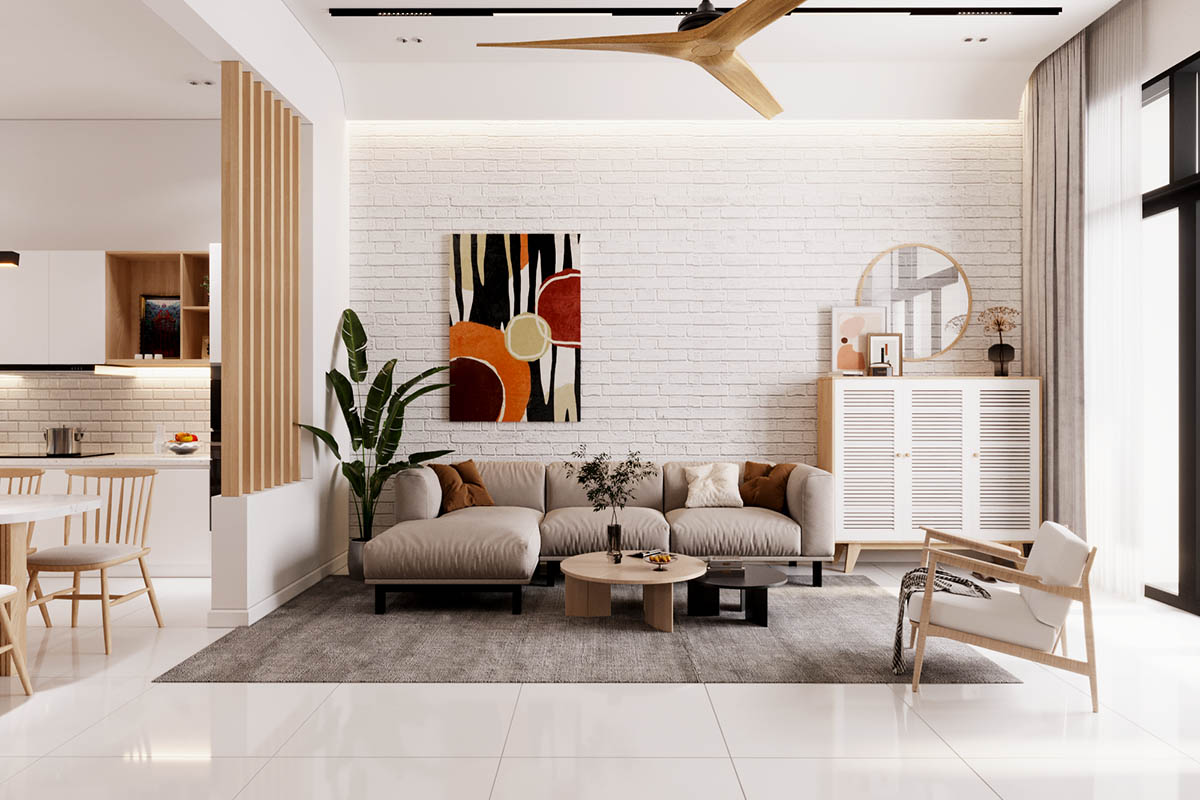Ever notice how some houses just draw you in? They feel inviting, stylish, and like they truly belong in their surroundings. That’s the power of a well-executed exterior design. It’s not just about paint and plants; it’s about creating a cohesive and captivating look that reflects your personality and enhances your property’s value. Let’s dive into how you can achieve that remarkable curb appeal.
Think about your home’s exterior as its handshake with the world. It’s the very first thing visitors, and even you, see every day. A beautiful exterior doesn’t just look good; it makes you feel good. It can boost your mood, impress your neighbors, and significantly increase your home’s market value. So, how do we go from a plain facade to something truly special? It’s a blend of thoughtful planning, understanding key design principles, and a dash of personal flair. We’ll explore the elements that make a home’s outside truly shine.
Understanding Your Home’s Architectural Style
Before you pick a single paint color, take a moment to appreciate your home’s existing architecture. Is it a classic Colonial, a modern Ranch, a cozy Craftsman, or something else entirely? Understanding this foundation is crucial. Trying to force a style that clashes with your home’s bones will likely result in a look that feels disjointed. For instance, elaborate Victorian trim on a minimalist modern house just doesn’t quite mesh. Instead, lean into your home’s inherent character. Enhance its existing features rather than fighting them. This creates a sense of harmony and authenticity. If you’re unsure, look at similar homes in your area or consult architectural resources. Knowing your style is your starting point for all other design decisions.
The Power of Color and Material Harmony
Color is arguably the most impactful tool in your exterior design arsenal. But it’s not just about picking a pretty shade. Think about how colors interact with each other and with your home’s materials. A successful palette usually involves a primary color for the siding, a secondary color for trim and accents, and a tertiary color for the front door or special features. Consider the undertones of your materials too – warm brick might look fantastic with creamy whites and deep greens, while cool gray stone might pair beautifully with crisp whites and charcoal blues. Don’t forget about the roof, windows, and any other fixed elements. The goal is a balanced and pleasing combination. Think about the mood you want to evoke: a bright yellow can feel cheerful, while deep blues and grays often convey sophistication.
Landscaping: The Green Foundation
Great landscaping is like the perfect frame for a masterpiece. It complements your home’s exterior without overpowering it. Start with a plan. Consider the scale of your home and your property. Large, imposing shrubs might dwarf a smaller cottage, while delicate flowers might get lost against a sprawling estate. Think about year-round interest – plants that offer color and texture in different seasons. A well-placed tree can provide shade and a beautiful focal point. Don’t underestimate the power of a tidy lawn and well-maintained flower beds. Even simple, low-maintenance plantings can make a huge difference. Remember to consider irrigation and local climate when selecting your plants. A little bit of green goes a long way in making your home feel welcoming and alive.
Lighting: Illuminating Your Home’s Best Features
Exterior lighting does more than just prevent stubbed toes on your front steps at night. It’s a critical design element that enhances safety, security, and aesthetic appeal. Think about layering your lighting. You’ll want ambient lighting for overall illumination, task lighting for functional areas like pathways and doorways, and accent lighting to highlight architectural details or beautiful landscaping. Wall sconces flanking the front door, pathway lights leading to the entrance, and uplighting on trees are all great options. Consider the warmth and color temperature of the bulbs; warmer tones often feel more inviting. Smart lighting systems can also add convenience and energy efficiency. A well-lit home not only looks spectacular after dark but also feels more secure.
The Front Door: Your Home’s Welcome Mat
Your front door is a natural focal point, and it deserves special attention. It’s the first physical interaction people have with your home. A bold color can add personality and draw the eye. Think about the style of the door itself – does it complement your home’s architecture? Consider the hardware too; updated door handles, knockers, and mail slots can make a surprising difference. Even a beautiful wreath or a stylish doormat can elevate the entrance. If your door is looking a bit tired, a fresh coat of paint or a simple replacement can work wonders. Make it a statement piece that welcomes guests and reflects your home’s character.
Details That Delight: Windows, Roof, and Hardware
It’s often the little things that tie an exterior design together. Pay attention to your windows. Are the frames clean and in good repair? Consider window boxes filled with colorful flowers for an instant charm boost. Your roof is a significant visual element; ensure it’s in good condition and consider how its color complements the rest of your palette. Don’t forget the smaller hardware elements like your house numbers, mailbox, and light fixtures. Choosing a consistent style and finish for these items – whether it’s brushed nickel, oil-rubbed bronze, or matte black – creates a polished and cohesive look. These details might seem minor, but they contribute significantly to the overall finished appearance and the perceived quality of your home.
Transforming your home’s exterior is a journey, not a race. By focusing on your home’s architectural style, harmonizing colors and materials, integrating thoughtful landscaping, utilizing effective lighting, and paying attention to those crucial details, you can create a captivating and welcoming space. It’s about building an exterior that not only looks stunning but also feels like a true reflection of you. So, take a step back, assess your home’s potential, and start crafting that curb appeal. Your home – and your neighborhood – will thank you for it.

